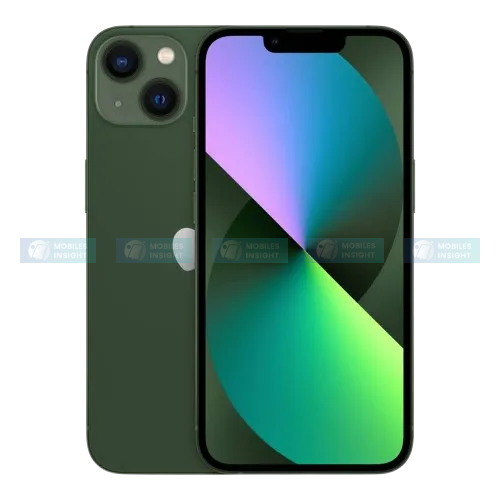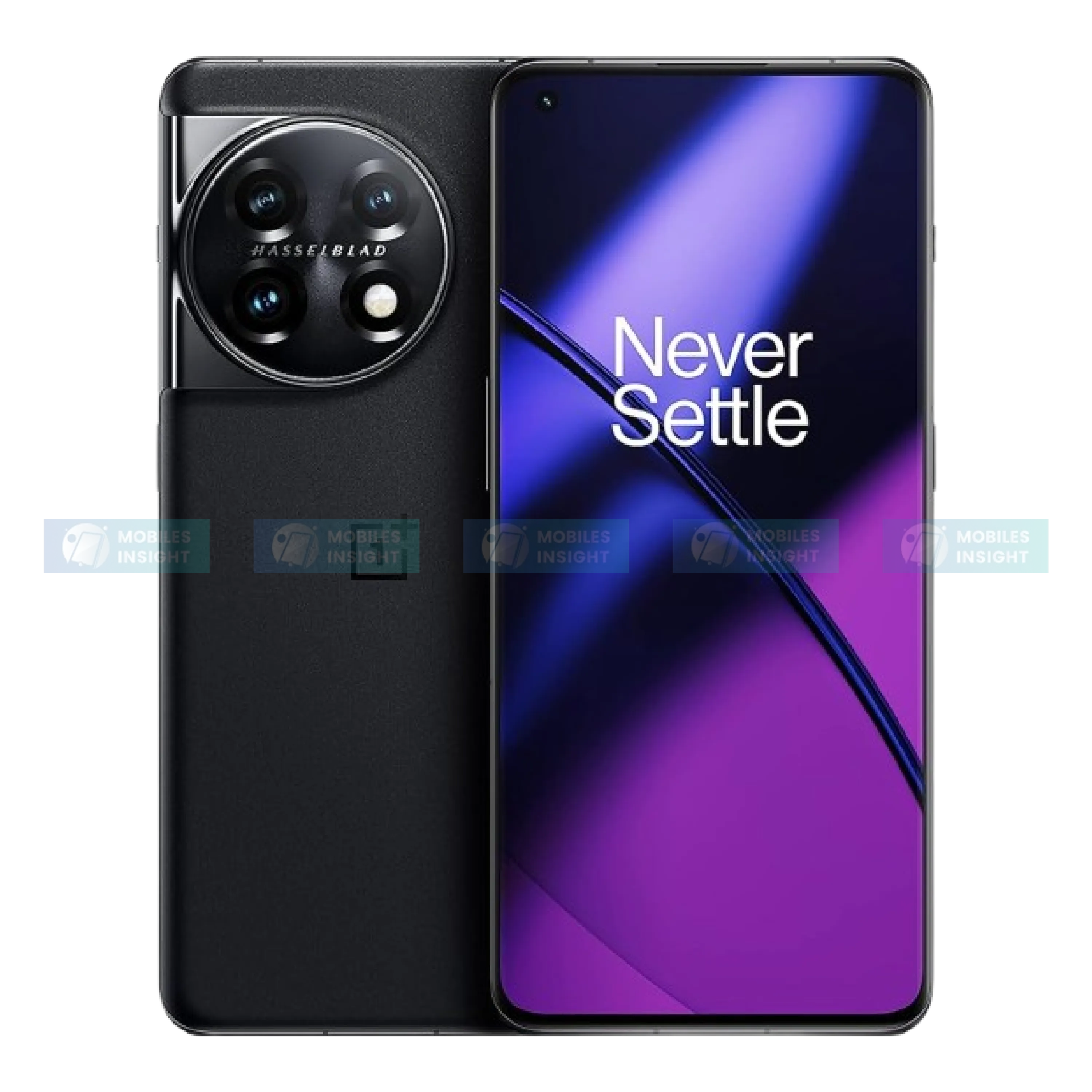
WiFi Future Trends 2025–2030: What’s Next for Wireless Internet
The Internet is not just for browsing and streaming anymore. It's now the foundation of our connected lives. Even with faster speeds and more intelligent devices, WiFi today struggles to meet the needs of IoT powered homes, cloud gaming and AI driven businesses. The next decade in wireless connectivity will be nothing less than a revolution.
This comprehensive guide, WiFi Future Trends : 2025-2030, will explain where WiFi is heading, from WiFi 7 and WiFi 8 technology to the 6G convergence and AI network security. You'll be able to see how the internet will change your city, home and workplace by the time you reach the end.
The Evolution of WiFi: 2025 and Beyond
WiFi 6 brings faster speeds, increased capacity and improved handling in crowded environments. WiFi 7 is expected to push performance into an entirely new era. WiFi 7 will rival fiber internet in terms of speed by using ultra-wide channels at 320 MHz and multi-link operation.
This means a smoother and interruption-free experience for industries that rely on ultra-low-latency, such as cloud gaming, virtual reality training, or AI-driven applications.
WiFi 8 & 6G Integration: Future-Proofing Wireless Internet
By the 2020s, it is predicted that WiFi 8 will be more tightly integrated with 6G networks. These two giants are merging to create seamless hybrid connectivity.
Imagine your phone switches seamlessly between WiFi 8 indoors, and 6G outdoors without any loss in quality. Wireless Internet will be redefined as a service that is not bound to a single network standard.
IoT & Smart Homes: Billions of Devices Online
In the next five years, IoT will explode. Every appliance, from smart vacuum cleaners to intelligent refrigerators, will require a stable internet.
By 2025, mesh WiFi networks will be the norm in homes to ensure no dead zones. Wearables with WiFi, energy-monitoring systems and smart cameras will drive the demand for always-on, scalable connectivity.
WiFi in Smart Cities: Public Connectivity Everywhere
By 2030, smart city WiFi will be a major part of the infrastructure. Wireless internet networks will be used for public transport, education, and healthcare.
Imagine autonomous buses that are connected to WiFi with no latency, or hospitals performing AI-driven diagnosis in real time. Or students from rural Bangladesh who can access VR classes powered by 6G and WiFi.
WiFi 7 Technology: The Next Big Leap
Definition & Core Principles
WiFi 7, also called IEEE 802.11be, introduces key advancements:
-
Multi-Link Operation (MLO): Connects devices to multiple bands at once.
-
320 MHz Channels: Doubling bandwidth compared to WiFi 6.
-
16 Spatial Streams: Massive leap in capacity.
-
1 ms Latency Target: Essential for real-time applications.
Use Cases for WiFi 7 (2025 - 2030)
-
AR/VR Internet Experiences: Lag-free gaming, remote training, and virtual offices.
-
Cloud Gaming WiFi Trends: Play AAA games instantly with no downloads.
-
Enterprise WiFi 2030: Factories powered by AI + WiFi robotics, logistics hubs with real-time tracking.
-
Healthcare WiFi: Remote surgery, patient monitoring, smart hospitals.
Benefits for 2025 - 2030
-
Faster speeds (up to 46 Gbps).
-
Stable performance in high-density areas (stadiums, malls).
-
Scalability for IoT ecosystems.
-
Energy-efficient WiFi for wearables and smart devices.
WiFi & IoT: The Hyper-Connected Future
Smart Homes & Devices
By 2030, WiFi will be the invisible glue holding automation, AI assistants, and IoT devices together. Homes will feature:
-
WiFi-enabled security systems with AI-driven cameras.
-
Voice-controlled appliances with edge AI processing.
-
Energy optimization via IoT WiFi integration.
Industry 4.0: Factories & Logistics
Factories will run on IoT-powered WiFi, enabling:
-
Autonomous vehicles on factory floors.
-
Real-time inventory tracking.
-
Predictive maintenance with AI + WiFi sensors.
Logistics companies will leverage WiFi 7 and WiFi 8 predictions for connected supply chains, ensuring goods are tracked seamlessly worldwide.
Challenges Ahead
-
Wi-Fi security risks 2030: Hackers targeting IoT devices.
-
Interference from billions of signals.
-
Scalability in smart cities.
WiFi & 6G: Merging Networks
Hybrid Connectivity: WiFi & 6G
Instead of competing, 6G and WiFi 8 will merge. Phones, IoT devices, and cars will use both networks simultaneously. This hybrid internet future ensures uninterrupted coverage everywhere.
Ultra-Low Latency Applications
By 2028–2030, expect breakthroughs in:
-
Remote surgery WiFi + 6G.
-
Autonomous transportation.
-
Military-grade secure communications.
Global Accessibility: Internet for All
Developing countries will benefit the most. 6G & WiFi integration can bridge the digital divide by bringing affordable wireless broadband to underserved areas in Asia, Africa, and Latin America.
WiFi & Mobile Connectivity: The Smartphone Revolution
We cannot ignore the direct link between WiFi and smartphones when we discuss WiFi's future. The phone is the only way to access the internet for billions of people. Mobile devices, which will be able to combine home WiFi automation with enterprise cloud services and 6G enabled mobility, are going to become hubs for ultra-fast internet connectivity as WiFi 7 and WiFi 8, roll out.
This transformation happens quickly in countries such as Bangladesh. Bangladesh is preparing for the future with 6G and advanced 5G networks, in which WiFi and mobile internet will be integrated to provide seamless coverage throughout smart cities, rural areas, and enterprises. Users won't need to switch networks because WiFi and mobile networks will work together seamlessly.
The Role of Advanced Mobile Chips
The next-generation of processors is expected to accelerate the shift. Snapdragon chips have already set the bar for AI in Android devices. They ensure that phones can handle AI-driven Wi-Fi optimization, language translation and VR/AR streaming. This partnership will make mobile experiences smarter and faster.
Global Satellite & WiFi Integration
There's more to cellular towers than just that. Starlink marks a milestone in global satellite connectivity. Future smartphones will be able to seamlessly switch from WiFi to 6G and satellite broadband. Imagine streaming movies in Dhaka on the in-flight Wi-Fi, then landing in London, where your phone switches to 6G indoors, or Wi-Fi 8 outdoors, without losing any connection.
Smart Technologies 2025 – Phones at the Center
Smartphones will continue to be the central control for smart cities and homes. Smart Technologies 2025: What's New, What's Hot will see AI assistants, IoT Monitoring Apps and Smart WiFi Controls built into mobile devices. As everything merges to form a digital ecosystem, the line between WiFi hubs, IoT devices, and mobiles will become blurred.
WiFi Security & Privacy in 2030
WPA4 & Beyond: Encryption Evolves
By 2030, with billions of IoT-connected devices on the internet, WiFi security will go beyond WPA3. WPA4 will provide protection for homes, business, and government against cyber-threats.
AI-Powered Threat Detection
AI-driven firewalls for WiFi will be deployed by networks to identify suspicious activities in real time. The systems are designed to learn the behavior of users and stop attacks from happening.
User Data Privacy
Global regulations by 2030 will require ISPs to prioritise the protection of user data. WiFi networks will be designed to comply with regulations and prioritize privacy.
Future-Proof WiFi Strategies
For Businesses
-
Deploy enterprise mesh WiFi 2025 solutions.
-
Invest in cloud-managed WiFi infrastructure.
-
Adopt AI WiFi analytics for network optimization.
For Home Users
-
Choose smart routers with automation.
-
Use IoT-optimized WiFi 7 routers for wearables and appliances.
-
Regularly update firmware for WiFi security compliance.
For ISPs & Governments
-
Expand public WiFi 2030 networks in transport, healthcare, and education.
-
Plan for WiFi 8 + 6G convergence.
-
Build a smart city WiFi infrastructure that supports billions of IoT devices.
Conclusion
In the coming years, WiFi 8 will become a reality, IoT networks and convergence of 6G+ WiFi will dominate. The internet is going to become more accessible, faster and safer for users both in the developed world and in developing countries.
By 2030, WiFi future trends will not just be about connectivity-they'll be about intelligence, automation, and universal accessibility. Wireless internet is no longer a luxury. Our digital society will not be able to function without it.
FAQs
Q1: What is WiFi 7, and why is it important?
Ans: WiFi 7 is the next-generation standard offering faster speeds, ultra-low latency, and scalability for IoT, AR/VR, and cloud gaming.
Q2: How will WiFi change by 2030?
Ans: By 2030, WiFi will merge with 6G, power smart cities, and connect billions of IoT devices with near-zero latency.
Q3: Can WiFi replace 6G or will they work together?
Ans: They’ll work together. WiFi 8 indoors and 6G outdoors will create a seamless hybrid internet.
Q4: What are the biggest WiFi security challenges ahead?
Ans: Protecting IoT devices, preventing cyberattacks, and enforcing data privacy regulations.
Q5: How will IoT reshape wireless connectivity?
Ans: IoT will make WiFi essential for smart homes, Industry 4.0, logistics, and connected healthcare.
Popular Phone Reviews

Samsung Galaxy A70 Review: Features, Performance, and Value Insights

Apple iPhone 16 Pro Max Review: Features, Performance, and Value Insights

Apple iPhone 12 Pro Max Review: Features, Performance, and Value Insights

Xiaomi Redmi 12 Review: Features, Performance, and Value Insights






